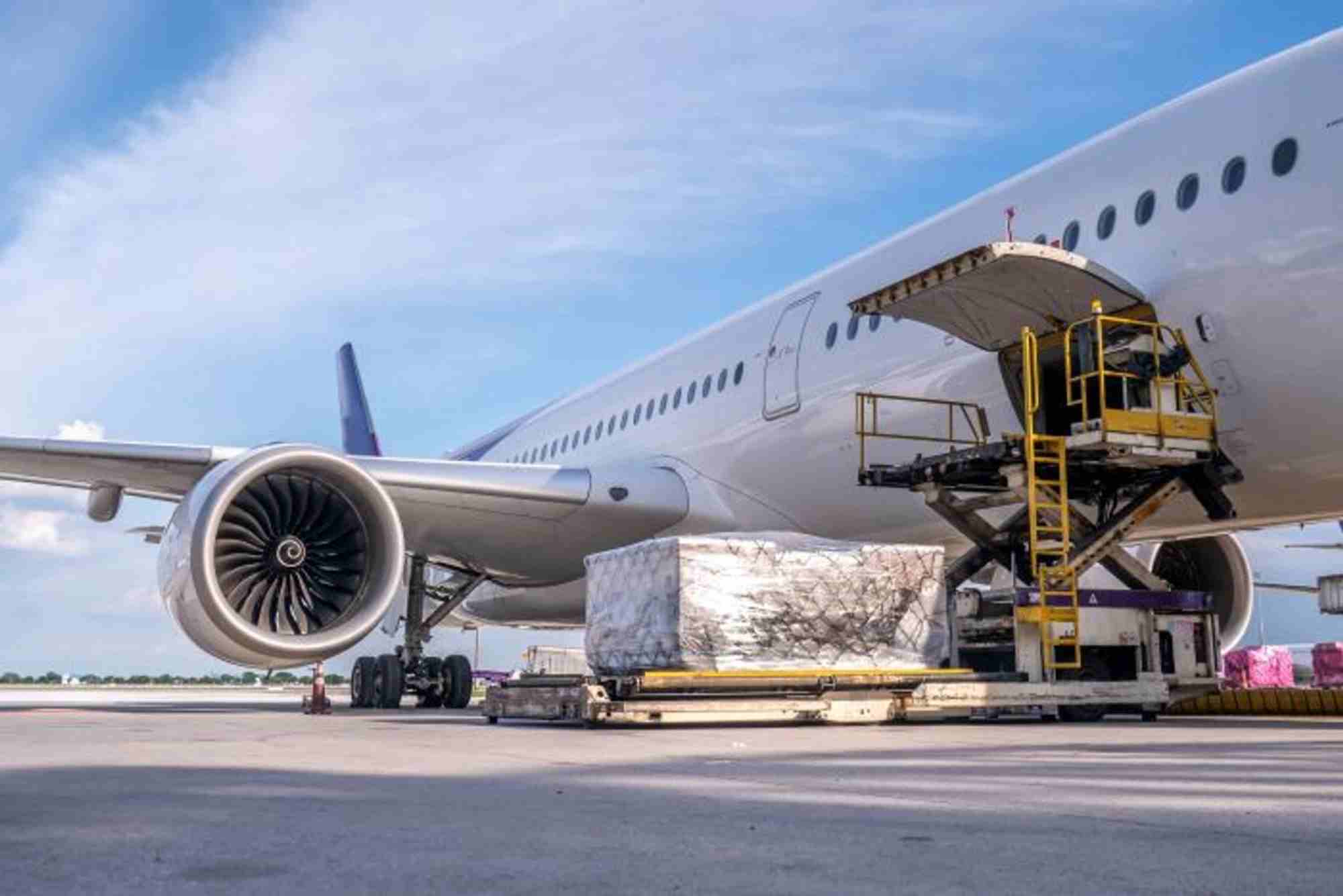Regional Airports Race to Add Air-Cargo Capacity as Shippers Bypass Congested Mega-Hubs
Mid-size gateways from Virginia to Urumqi post double-digit tonnage growth, reshaping global trade lanes
Richmond, Va. – November 19, 2025
Rising e-commerce volumes, tariff-driven front-loading, and shippers’ desire to avoid bottlenecks at primary hubs are pushing regional airports to accelerate cargo-infrastructure projects worth more than USD 3 billion across four continents, according to the latest data released by IATA and leading capacity-analytics firm Rotate.
Global air-cargo demand rose 4.1 percent in August 2025—the sixth consecutive monthly year-over-year gain—while available cargo-tonne kilometres climbed 3.7 percent, IATA reported last month. The mismatch between robust demand and tight belly capacity at legacy mega-hubs is “forcing freight forwarders to rethink geography,” said Willie Walsh, Director-General of IATA, noting that traffic is being “diverted away from North America” toward Europe–Asia, Within-Asia, Africa–Asia and Middle East–Asia corridors .
“Every percentage point of capacity that shifts to a regional gateway equals faster customs clearance, lower trucking costs and up to 18 hours of transit-time savings for our clients,” said Thomas Beatty, Executive Vice-President and COO of the Metropolitan Washington Airports Authority. Dulles International—traditionally a passenger hub—has begun implementing a 20-year master plan that includes a fifth runway and a USD 700 million United concourse by 2026, upgrades that consultants say could add 300,000 tonnes of annual cargo throughput by 2032 .
Similar expansions are under way on the U.S. East Coast. John F. Kennedy International Airport on April 23 opened a 346,000-sq-ft, temperature-controlled cargo terminal financed by Realterm and Worldwide Flight Services. The Port Authority of New York & New Jersey projects the facility will cut regional truck congestion by 40,000 trips a year while creating 1,200 unionised jobs and tripling JFK’s pharmaceutical-handling capacity .
Market signals justify the splurge. Asia-Pacific carriers recorded an 8.3 percent jump in international cargo-tonne kilometres in June 2025, even as North American airlines saw an 8.3 percent decline amid tariff uncertainty. “The divergence proves that trade lanes are re-wiring themselves around mid-points, not traditional end-points,” said Tim van Leeuwen, Vice-President Consulting at Rotate. Converted mid-size freighters—Boeing 767-300ER, 757-200PCF and A330-300P2F—now account for 62 percent of new capacity additions at regional ramps because they combine long range with lower landing fees .
Lower jet-fuel prices—down 6.4 percent year-on-year in August—are greasing the business case, but executives warn that the window for securing slots, ground equipment and specialised labour is narrowing. “We are seeing freighter operators sign 10-year leases before the concrete is even poured,” said Laura Bowman, CEO of Commonwealth Cargo, the Virginia-based joint venture that will manage Dulles’ forthcoming perishables centre. “Airports that move now will lock in higher yields; those that wait risk being locked out.”
About Commonwealth Cargo
Commonwealth Cargo is a public-private partnership created in 2024 to develop temperature-controlled logistics infrastructure at Washington Dulles International Airport. The company’s 35-acre facility, set to open in Q3 2027, will offer 200,000 sq ft of cool-chain warehousing, USDA inspection services and direct ramp access for B777-8 freighters.
Media Contact
Sarha Al-Mansoori
Director of Corporate Communications
G42
Email: media@g42.ai
Phone: +971 2555 0100
Website: www.g42.ai






